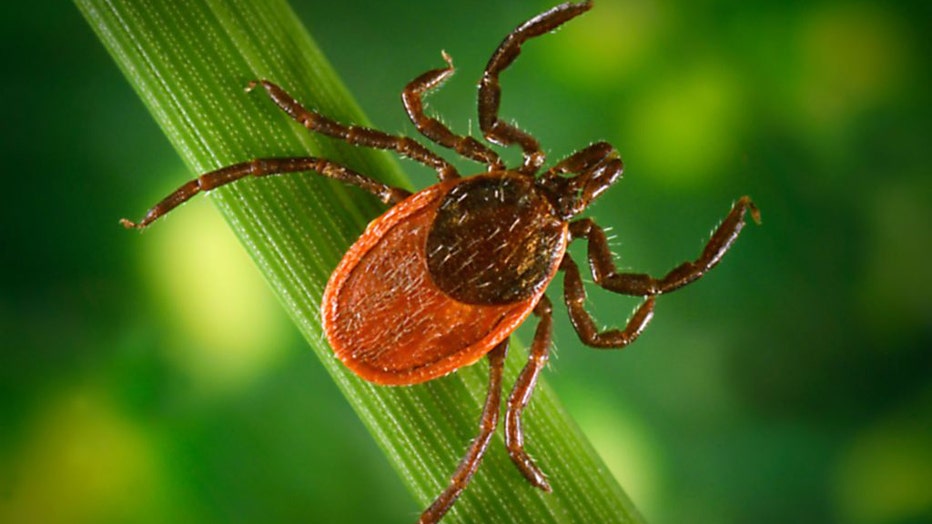Tick research at Stony Brook Medicine reveals impact on human health

Tick population grows after mild winter
Experts say the warmer weather this winter has led to an explosion in the tick population. FOX 5 NY's Jodi Goldberg has the story.
STONY BROOK, N.Y. - Researchers inside the lab at Stony Brook Medicine are studying ticks and their impact on human health.
Warm winters like this most recent one are helping the tick population grow.
In turn, doctors are seeing an increase in patients coming in with bites.
"We’re seeing tick bites in the winter," said infectious disease expert Dr. Luis Marcos with Stony Brook Medicine.
According to the CDC, Suffolk County sees about 600–700 cases of Lyme each year, but that’s just what’s reported. Doctors say the number is likely higher and doesn’t include other tick-borne diseases.
To combat the disease Stony Brook is looking for volunteers between the ages of 5 and 17 to participate in a clinical trial for a new vaccine.
"We see a lot of Lyme disease in this age group, so it’s a big deal for us," said Dr. Andrew Handel who is a pediatric infectious disease expert at Stony Brook Children’s Hospital.

FILE - An image courtesy of the Centers for Disease Control shows a blacklegged tick on a leaf. (Photo by Smith Collection/Gado/Getty Images)
About 10-30% of people who get Lyme are left with long-term symptoms according to doctors who say a vaccine could help prevent that.
"The children receive vaccines over one year," Handel said. "We follow them for years to make sure they have no side effects."
Tips to avoid ticks include:
- Wearing long sleeves and pants if you’re going into a wooded area
- Using repellent that contains DEET
- Checking yourself when you are back inside

